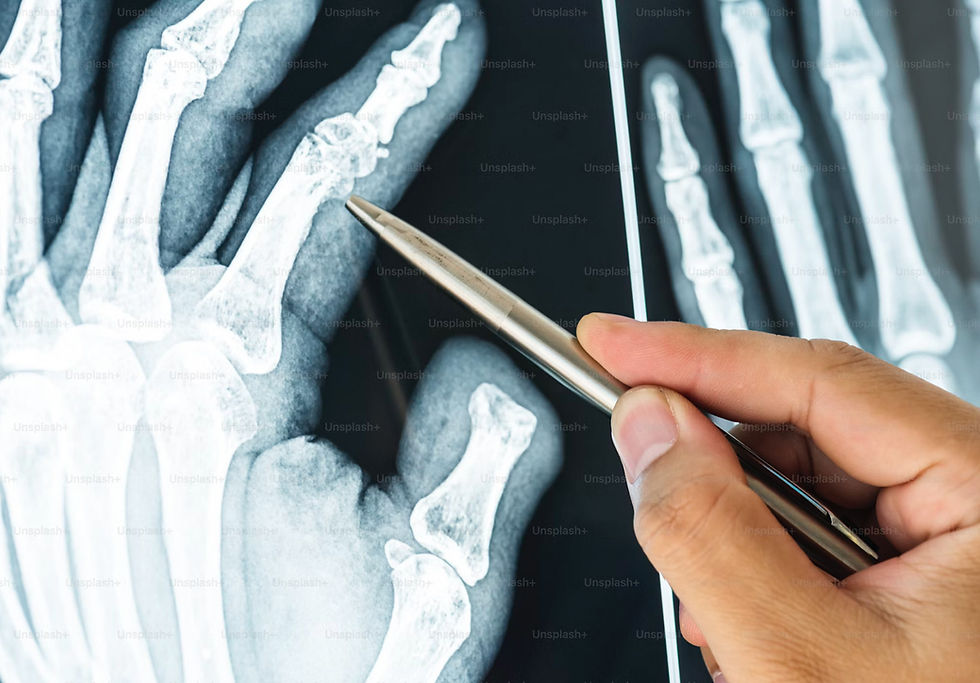What’s up with marijuana
- WorkerCare
- Nov 9, 2023
- 3 min read

Although some of this is specific to DOT programs, there is a lot of interplay between DOT random drug and alcohol programs and drug-free workplace programs. Read on for new need-to-know information for drug testing.
Here’s what you need to know about marijuana testing in Washington:
In Washington’s SB 5123, the prohibition on marijuana testing is only for pre employment testing. It is still okay (and recommended) to include THC in post-accident, random, and reasonable suspicion testing.
Although some will tell you otherwise, according to SB 5123, you still can test for marijuana in pre-employment testing, but just the “psychoactive” ingredients. Urine and hair tests look for the metabolites of marijuana (what the authors of the Washington law have called “non-psychoactive"), but oral fluid tests can look for the parent drug Delta-9 THC, which IS the psychoactive ingredient.
Oral fluid’s testing window (the time from when the drug is consumed to when it shows up in the test) is much tighter than urine testing. In fact, someone high from marijuana can have a negative urine test, but not with an oral fluid test. In addition, the amount of time one is affected by marijuana closely corresponds with the oral fluid testing window.
Here’s what you need to know about the DOT and oral fluid drug testing:
The DOT has approved oral fluid testing for their drug testing programs, but they need labs and collection devices in place before they can move forward with this. Two labs and collection devices have yet to be approved for the testing. Rumor has it that the labs will be in place sometime next year (2024).
Oral fluid testing is harder to adulterate, and it is less likely that you will get insufficient quantity issues. In addition, each oral fluid collection is automatically an observed collection.
If someone cannot give you enough of an oral fluid sample, that is usually referred to as “dry mouth.” For urine, that would be insufficient quantity or possible “shy bladder.”
Employers participating in DOT drug screen programs must choose when to use urine and when to use oral fluid. For example: a. Oral fluid for all categories (pre-employment, reasonable suspicion, return-to-duty, random). In case of dry mouth, use urine as a backup. b. Urine for all categories, but in case of insufficient quantity, use oral fluid as a backup. The reasonable suspicion and return-to-duty categories will need to have an observed collection. c. Oral fluid for some categories, and urine for others; the other collection type for backups. d. Urine for some, oral fluid for other categories, and no switching. e. Same ol’ urine for everything, including backups.
If the driver is transgender or non-binary, and the test requires observation, oral fluid testing will be mandatory.
If the employer chooses not to switch collection types as a backup, this may require additional time for the driver especially, from waiting until they can produce, to having a medical provider evaluate them for dry mouth or shy bladder.
While Worker Care does not offer a DOT random drug screen program, we perform lots of DOT collections. We will get our collectors trained on oral fluid collections as soon as the devices and training are available!
For any drug screen program, please remember to have a designated employer representative (DER) available at all times in case of issues with the drug screen. Make sure the phone number on the service order reaches someone who can answer our questions, especially if you have not set up the above protocols ahead of time.




Comments